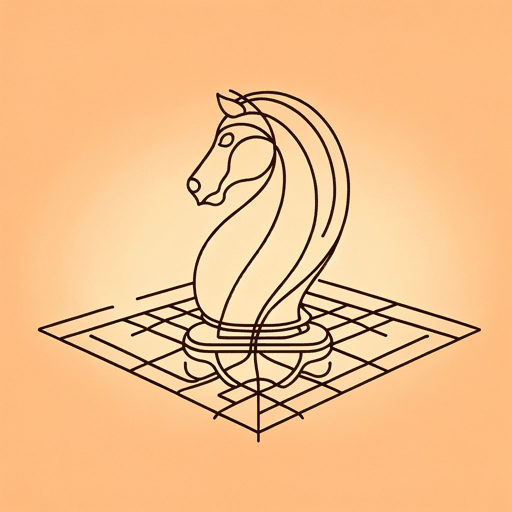69 pages • 2 hours read
Sun TzuThe Art of War
Nonfiction | Book | Adult | BCEA modern alternative to SparkNotes and CliffsNotes, SuperSummary offers high-quality Study Guides with detailed chapter summaries and analysis of major themes, characters, and more. For select classroom titles, we also provide Teaching Guides with discussion and quiz questions to prompt student engagement.
Chapters 12-13Chapter Summaries & Analyses
Chapter 12 Summary: “The Attack by Fire”
There are five ways to use fire against an opposing army: by burning its camp, setting fire to its stores, burning its supply line, igniting its arsenal, and by raining fire down on it.
It is best to use fire when a wind comes up; certain times of year are usefully windy; daytime breezes often falter at sunset, while nighttime winds can fail at dawn. Once a fire is set and enemy troops panic, they may be picked off as they escape the flames. Always attack from behind the advancing flames. Water also can be diverted toward an enemy, but it cannot destroy provisions as fire does.
Clever use of fire is an example of the innovative thinking that distinguishes a victorious leader and a successful ruler.
Chapter 13 Summary: “The Use of Spies”
Knowing the enemy’s plans is vital to success in war. For this, five types of spies are available: local, or native spies paid to inform; inward, or members of the enemy government turned to the invader’s use; converted, or captured spies treated well and turned into counterspies; doomed spies fed false information and betrayed, who, under interrogation by the enemy, give inaccurate data; and surviving spies, who go undercover, risk exposure, and return with vital intelligence.
Featured Collections
Asian History
View Collection
Books About Leadership
View Collection
Business & Economics
View Collection
Challenging Authority
View Collection
Chinese Studies
View Collection
Memorial Day Reads
View Collection
Military Reads
View Collection
Politics & Government
View Collection
Power
View Collection
Required Reading Lists
View Collection
Teams & Gangs
View Collection
War
View Collection

